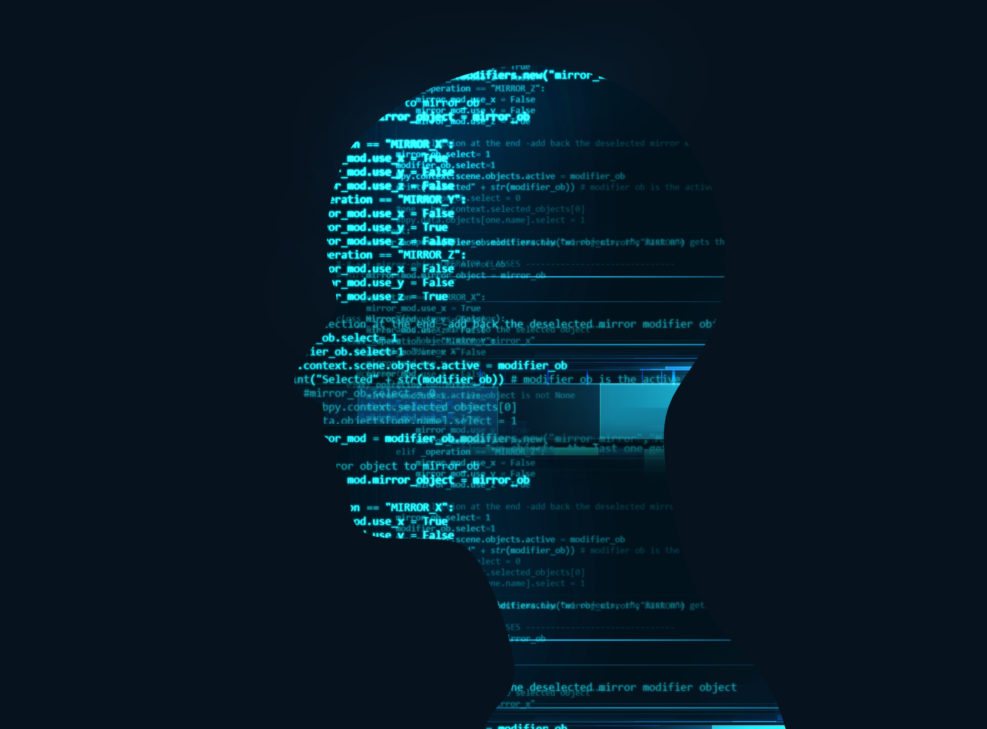
George Gilder: An Economic Genius Talks About Gaming AI
George Gilder talks to Robert J. Marks about his book Gaming AI: Why AI Can’t Think but Can Transform Jobs. Show Notes Additional Resources

George Gilder talks to Robert J. Marks about his book Gaming AI: Why AI Can’t Think but Can Transform Jobs. Show Notes Additional Resources

According to Philip Jaekl, a writer with neuroscience training, the connectome is the “ complete network of neurons and all the connections between them, called synapses.” Taking a leaf from Sebastian Seung’s book, Connectome: How the Brain’s Wiring Makes Us Who We Are, he argues, “You are your connectome.” In that case, Seung’s “you” is very complex. Many types of memory are mediated through the connectome. Jaekl writes, Thus, a key to unlocking the correspondence between the connectome and memory is to elucidate the entire circuitry of the brain. Tracing the wiring at this scale is no easy task when considering the sheer complexity involved. A mere cubic millimetre of brain tissue contains around 50,000 neurons, with an astonishing total Read More ›
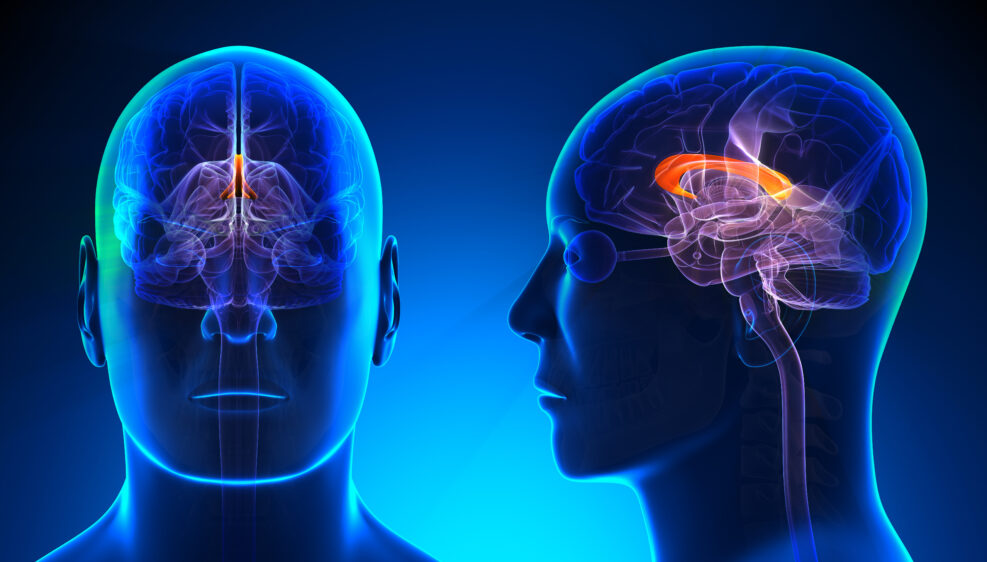
Roughly one in 4,000 people lacks a corpus callosum, the structure of neural fibers that transfers information between the brain’s two hemispheres. Surprisingly, the 25% who have nothing but cerebrospinal fluid do not show signs of abnormality. About half have some brain-related problems and the remaining 25% have serious problems. Researchers wanted to know, how does anyone manage to live normally without a corpus callosum to connect the two hemispheres of the brain? It turns out that the human brain goes into high gear, organizing a fix: In a study published in the journal Cerebral Cortex, neuroscientists from the University of Geneva (UNIGE) discovered that when the neuronal fibres that act as a bridge between the hemispheres are missing, the Read More ›
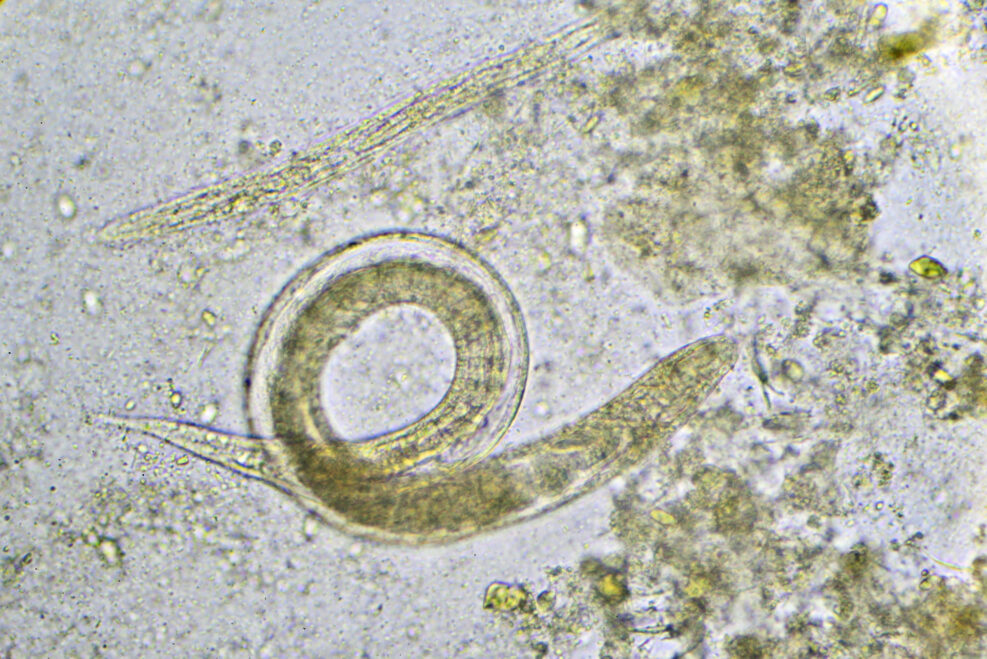
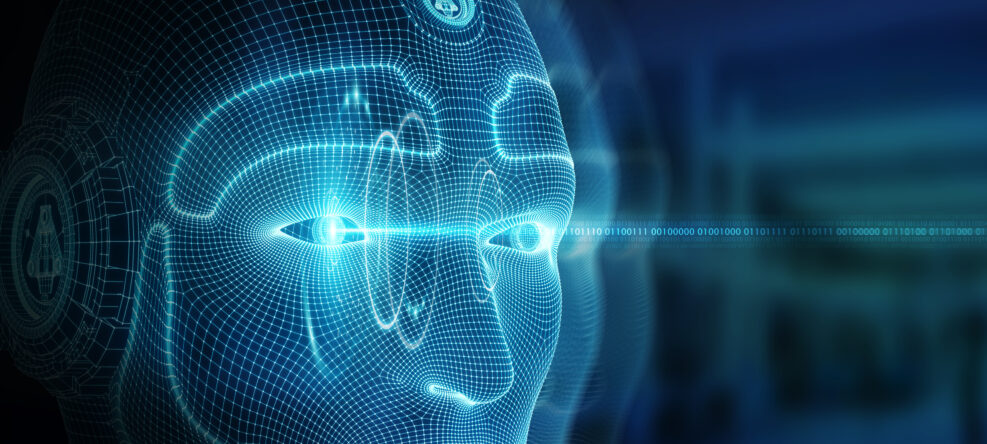
In this week’s podcast, “George Gilder on Superintelligent AI,” tech philosopher George Gilder and computer engineer Robert J. Marks, our Walter Bradley Center director, continued their discussion of the impact of artificial intelligence (AI). This time, they focused on whether, in terms of AI, we are in an Indian summer (a warm period just before winter sets in). Or is AI advancing to a superintelligence that eclipses the intellect of humans? You can download Gilder’s new book, Gaming AI, for free here. The two earlier episodes and transcripts are linked below. And now … https://episodes.castos.com/mindmatters/Mind-Matters-107-George-Gilder.mp3 From the transcript: (Show Notes, Resources, and a link to the complete transcript follow.) Robert J. Marks: Why do you believe that we are on Read More ›
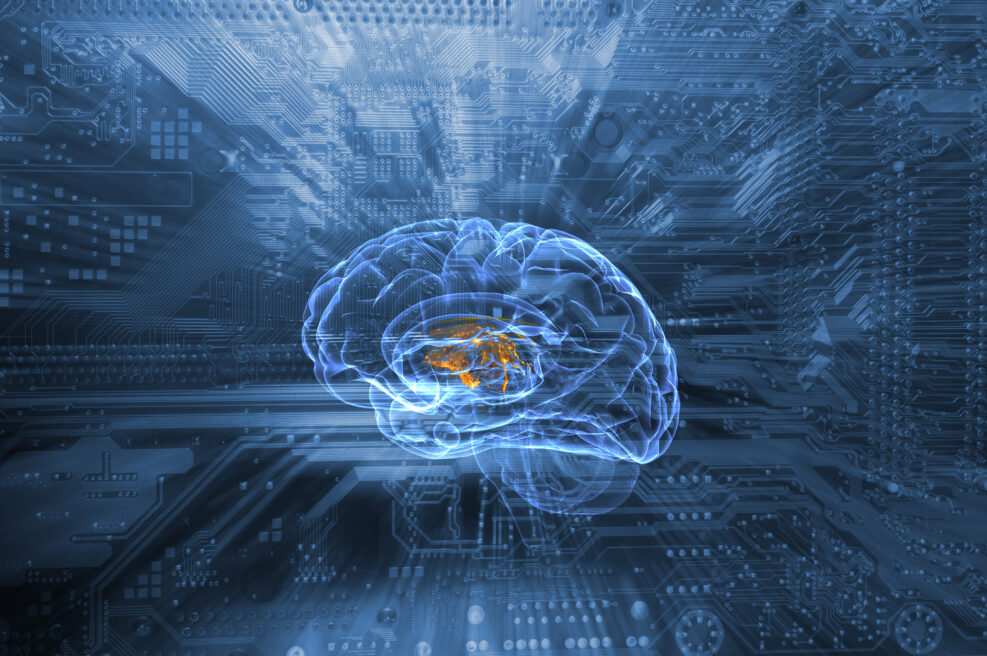
George Gilder and Robert J. Marks discuss the human brain, superintelligent machines, artificial intelligence, and George Gilder’s new book Gaming AI: Why AI Can’t Think but Can Transform Jobs (which you can get for free here). Show Notes Additional Resources

We hear a good deal about the gray matter (the neurons) in the brain. They are often considered synonymous with thinking. For a long time, it was believed that the white matter did not do very much and its signals were generally excluded from brain mapping studies as noise. But that has all changed in recent years: You might think that the brain is mostly gray matter, as it certainly looks that way, but in actuality there is more white matter in the brain. White matter is the infrastructure of the brain and includes the long nerve axons and their protective layer of fat, called myelin. Gray matter, on the other hand, is composed of the neurons themselves. Scientists have Read More ›